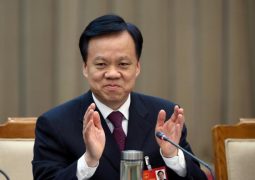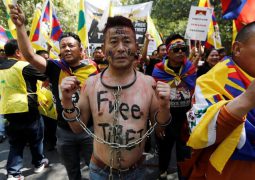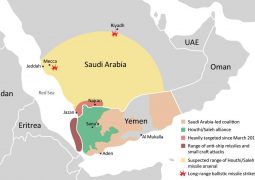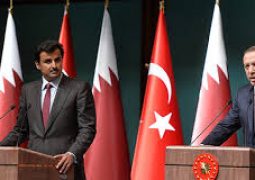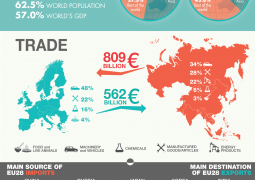Modi’s visit will set the tone for India’s engagement with Trump administration
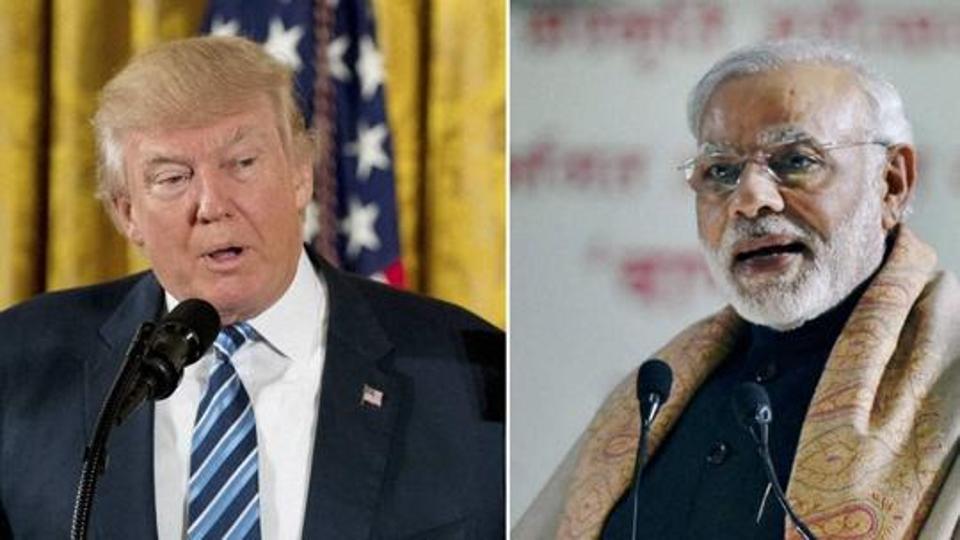
Prime Minister Narendra Modi’s visit to United States from June 25-26 is being watched with anticipation, coloured by growing concerns at the continued unpredictable pronouncements and decisions of the Donald Trump administration, and the need to understand the new paradigm for the bilateral relationship, including in the context of the rapidly and significantly changing global order.
This will be the Prime Minister’s fifth US visit since his election in 2014. Each of the previous visits had a unique character.
The first, in September 2014, marking his initial high-level contact with US leadership, began the turnaround in the relationship which had seen a dip in the immediately preceding period, and captured the popular imagination with the innovative and impactful nearly 20,000 strong diaspora event organised at the iconic Madison Square garden in New York.
The second, a year later, was marked by a similar diaspora interaction on the West Coast in San Jose, but defined by his meetings with CEOs of Apple, Microsoft, Facebook, Google, Qualcomm, Cisco, Adobe, Tesla, and recognition of the deep interlinkages between US digital technology sector and Indian origin entrepreneurs and technology workers. Earlier, in January 2015, President Barack Obama had visited India as chief guest on Republic Day, the first for a US President.
The third, at the end of March 2016, was for the multilateral Nuclear Security Summit. The fourth and the most impactful so far was a full bilateral one, which included a highly acclaimed address to a joint meeting of US Congress, and bipartisan welcome events organised by the Senate and House foreign relations committees and India Caucuses. There were also meetings with US business leaders at each of the visits with bilateral component, signalling the importance attached to this dimension.
The frequency and nature of these interactions clearly reveal recognition by both countries of the importance of the relationship, bipartisan support for consolidating it, and already extensive interlinkages in several high technology sectors with a bearing on the future.
The visit this time is taking place when President Trump has been trying to unravel several of the Obama-era legacies. He has renounced the Paris Agreement of December 2015 on climate change, and made inaccurate critical references to India in citing various justifications. The overall political atmosphere in US on H1B visas remains negative, fanned further by Trump’s own ‘Hire in America’ pronouncements, although no specific additional measures have been taken so far beyond enhanced scrutiny. On Afghanistan, there is no policy framework, beyond authorising the Pentagon to decide on increased troop levels. Failed suggestions have re-emerged for adopting a regional approach to the challenge, addressing Pakistan’s paranoia, and getting India- Pakistan processes to resume. The new administration has also not spoken of the ‘pivot’ or ‘rebalance’ to Asia which the Obama administration had articulated to seek cooperation with other countries in dealing with the consequences of a rapidly rising China. West Asia, of critical importance to India, with its eight million diaspora, remittances and energy imports, is further inflamed.
The visit, therefore, will inevitably have a bilateral, regional and global focus.
Bilaterally, aside from issues of market access, investment flows, technology and innovation partnerships, counterterrorism and cybersecurity cooperation, clear understandings would be required on future direction of defence cooperation. Obama Administration had declared India as a Major Defence Partner, a move subsequently endorsed by US Congress, and had made efforts to catalyse technology collaborations, along with sales of defence equipment. The extent to which this is facilitated by the new administration will determine the depth of the partnership.
On Afghanistan, India’s interest clearly lies in the US stepping up its effort to push back on recent gains by the Taliban, and signalling a determination to sustain Afghan security and governance institutions. A strong section within the White House has reportedly been questioning the value of this longest running US involvement in active conflict, and arguing against nation building efforts. Failure to decisively end Taliban attacks and gains has revived talk of a regional approach, and addressing Pakistan’s perceived security concerns. A solution ignoring India’s concerns would not be acceptable to us. What is needed is a clearer message and follow-up action from US to Pakistan on its providing safe haven to Taliban and other terrorist groups.
Despite the challenge that China poses to the existing international order, the preferred option in the US and the West is to continue working for integration of China in the international mainstream, and hoping that political and policy changes accompany economic growth and China works more according to norms of a market economy. China is encouraged to contribute more actively to stability in Afghanistan, in the international effort against terrorism, and there is concern less at the geopolitical aspects of Belt and Road than at issues of transparency and economic opportunity for all. We will need to get a clearer sense of how the US intends to manage the various dimensions of its relationship with China in the coming critical years, since significant shifts in relative weights in the international system have happened over the past 10, especially since the financial crisis of 2008.
The outcome of this visit, and the tone it sets for India’s engagement with the Trump Administration, will have consequences for how India will manage its economic aspirations and security challenges.
Arun K Singh is a former Indian Ambassador to the United States
- Previous Suicide bomber targeting Mecca hurts six
- Next PM Narendra Modi begins 3-nation tour, to be first world leader to have White House dinner with Donald Trump



